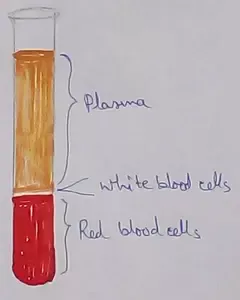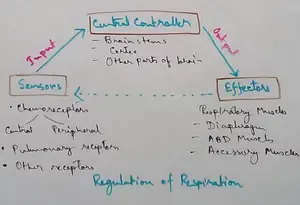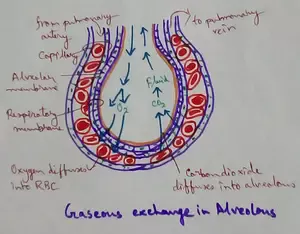Types of Plants
There are different types of plants. We can see many kinds of plants in different places like school garden, in parks and near our home.
Trees are tall, big and strong plants. They usually live for a long time. Some of them have bright flowers during a few months. Others give us fruit. Many trees have leaves all the year round. Others shed their leaves in winter. Some trees are peepal tree, palm tree, ashok tree, pine tree and neem tree.
Shrubs are smaller than trees. They may be bushy and have many small, woody branches. Some shrubs are hibiscus, lantana, etc.
Small plants, with soft stems are usually called herbs. They do not usually live for a long time. We get many of our vegetables from herbs. Some common herbs are coriander, mint, spinach, tulsi and marigold. We use some herbs like coriander, mint, spinach, etc. for cooking. The leaves of the tulsi give us medicines. Many flowers like the marigold grow on herbs.
Some plants have weak stems.
They cannot stand up on their own. They must climb on a stick or a wall for
support. These plants are called climbers.
Other plants with weak stems crawl along the ground. These are called creepers.
Some common creepers are money plant, watermelon, bitter gourds, etc.
Plants live in many different places. Many plants live on land. Their roots hold them in one place. Some live in hot places. Others may live in cold places. During the cold winter, they lie under the soil. When warmer days come, they push their way up. Suddenly the ground is full of crocus flowers!
In very cold places, trees may shed their leaves in winter. Snow slides off these trees. Their branches do not break. We can see bare tree in a very cold place.
Some plants live in water like lotus. These water plants have long stems under the water. Sometimes they get attached to the bottom of the pond. They usually have large, flat leaves. These float easily on water.
Plants, like thorny cacti grow in hot deserts. They have deep roots. Their stems are fleshy and store water.
Note:
Venus fly trap and pitcher plant make a sticky, sugary liquid that insects like. When an insect sits on the plant, it gets stuck to it. The plant traps the insect and eats it.
Now we know about different types of plants that grow in different places and in different seasons and weather.
From Types of Plants to HOME PAGE
Recent Articles
-
What Is Plasma? | Blood Plasma | Proteins | Nutrients | Cholesterol
Nov 07, 25 10:29 AM
Blood is a mobile fluid which is a connective tissue and is derived from the mesoderm like cell any other connective tissue. Colour of blood is reddish and that flows inside the blood vessels by means… -
Disorders of Respiratory System | Tuberculosis | Pleurisy | Emphysema
Oct 28, 25 11:39 PM
Tuberculosis is very common disease and is caused by a type of bacteria called Mycobacterium tuberculosis. This disease causes different trouble in the respiration and infection of several parts of th… -
Regulation of Respiration | Respiratory Centres | Inspiratory Area |
Oct 14, 25 12:13 AM
Respiratory Centre is the area that controls the rate of respiration and it is observed to be located in medulla oblongata and pons. Respiratory Centre has the following will dispersed components like… -
Explain Transport of Gases | External Respiration | Tissue Respiration
Oct 09, 25 11:35 PM
In humans gaseous exchange is completed in the following ways the steps are - External Respiration or Breathing - Breathing in false taking in of Oxygen and giving out of carbon dioxide in the body. M… -
Kind and Number of Teeth | Location of Teeth in Mouth | Care of Teeth
Sep 11, 25 12:52 AM
Kind and Number of Teeth





New! Comments
Have your say about what you just read! Leave me a comment in the box below.